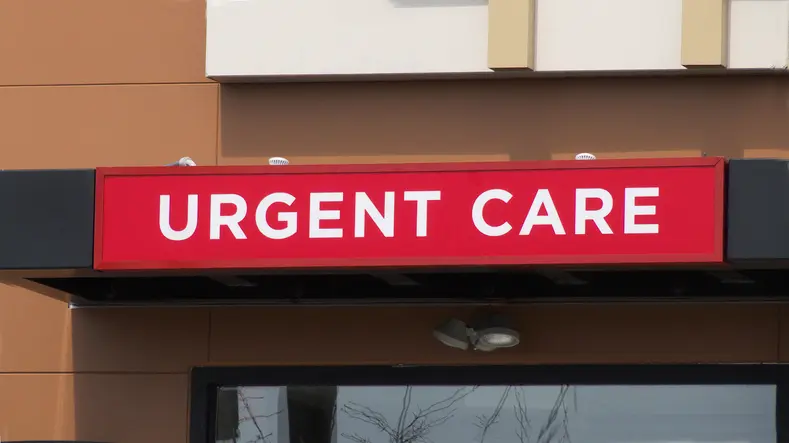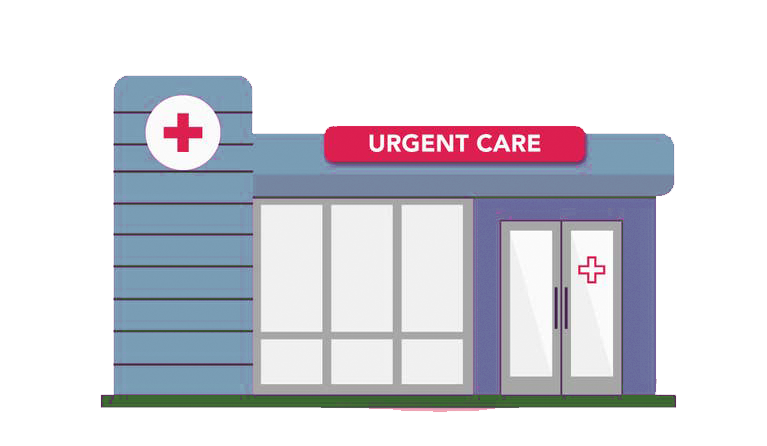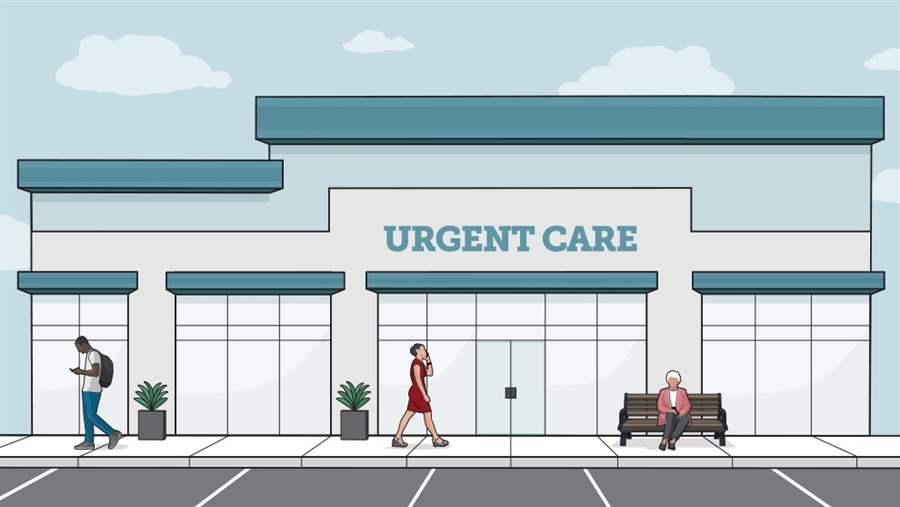Recognizing the Value of Urgent Treatment Services for Non-Life-Threatening Medical Issues
The significance of urgent treatment services for non-life-threatening clinical issues can not be overstated, particularly in today's healthcare landscape. These facilities offer a necessary choice for clients seeking timely attention for conditions that call for instant treatment but do not necessitate a check out to the emergency room. By comprehending the benefits of urgent care, such as decreased wait times and expense efficiency, one can much better appreciate their function in individual wellness administration. Yet, the nuances of exactly how to navigate these solutions effectively remain to be checked out, elevating concerns regarding their ideal usage.
What Is Urgent Treatment?
Immediate care refers to a classification of clinical solutions created to address non-life-threatening conditions that require prompt attention but do not call for a check out to the emergency situation space. These centers supply a bridge between medical care and emergency solutions, providing obtainable medical care options for people experiencing acute medical concerns, such as small fractures, strains, infections, or severe illnesses that arise unexpectedly.

The range of services supplied by immediate treatment centers can vary but typically includes therapy for common disorders like colds, flu, and allergic reactions, in addition to small injuries (urgent care). Furthermore, several immediate treatment centers offer preventative services, such as vaccinations and physical exams, to address wider wellness demands. By supplying a practical alternative for urgent medical concerns, these centers play a vital role in the medical care continuum, making certain that patients receive proper care when they need it most
Advantages of Urgent Care Solutions
Many people discover that making use of urgent treatment solutions supplies substantial advantages over conventional emergency room sees or waiting for a medical care consultation. One key benefit is the reduced wait times. Urgent care facilities normally have shorter delay durations, allowing individuals to receive timely medical interest when they require it most. This expedited care is especially handy for non-life-threatening problems that need timely intervention.
An additional benefit is the extended hours of operation. Several immediate treatment facilities are open evenings and weekends, accommodating people that may not have the ability to see their medical care physician during routine office hours. This adaptability makes it easier for clients to gain access to care at their convenience.
Furthermore, urgent care services frequently supply an economical option to emergency areas. When seeking therapy for minor ailments at immediate care facilities rather than hospital emergency situation departments., patients frequently encounter lower co-pays and total expenses - urgent care.
Lastly, urgent care facilities are equipped to manage a variety of non-life-threatening problems, giving a broad variety Resources of services under one roofing system. This detailed approach not only simplifies the treatment process but additionally boosts individual satisfaction by delivering punctual and reliable care.
Usual Conditions Treated
What types of non-life-threatening problems can patients anticipate to obtain therapy for at urgent care? Immediate care facilities are furnished to take care of a vast array of usual clinical concerns that require timely focus but do not present an instant threat to life. These centers generally treat conditions such as minor fractures, strains, and pressures, supplying crucial treatment for injuries that take place during daily tasks or sports.
In addition, people regularly seek therapy for respiratory system infections, consisting of colds, flu, and bronchitis, where timely intervention can reduce signs and avoid difficulties. Skin problems such as breakouts, insect bites, and minor burns are also frequently addressed, as timely treatment can minimize pain and reduce the threat of infection.

Contrasting Urgent Care and Emergency Situation Rooms

One considerable difference lies in delay times; immediate treatment centers usually have much shorter wait times contrasted to emergency spaces, which can be clogged with even more crucial cases. This performance allows individuals to obtain prompt therapy for their conditions.
From a financial point of view, immediate care visits have a tendency to be more economical than emergency clinic gos to. Insurance copays and out-of-pocket expenses are frequently reduced at immediate treatment facilities, making them a more economical option for non-emergency situations.
Just How to Pick an Urgent Treatment Center
Picking the best immediate treatment center can significantly improve the high quality of treatment received during a non-life-threatening clinical issue. When picking an immediate care center, numerous vital variables must be taken into consideration.
First, assess the center's accreditation and licensing. Some urgent care facilities specialize in certain locations, while others offer thorough care for numerous medical concerns.
Furthermore, think about the area and hours of operation. A conveniently situated facility with prolonged hours can be critical for prompt care. It's likewise a good idea try here to check the facility's delay times and individual reviews, which can offer insights right into the overall individual experience.
Conclusion
To conclude, urgent care services play an essential role in dealing with non-life-threatening medical problems effectively. By offering prompt interest for various conditions, these centers boost individual access to timely care while decreasing the pressure on emergency areas. The advantages of immediate care, including prolonged hours and lower prices, make them a positive choice for people seeking punctual therapy. Inevitably, recognizing the importance of immediate care facilities adds to boosted medical care management and individual fulfillment.
 By using a practical option for urgent clinical concerns, these centers play a crucial function in the medical care continuum, ensuring that patients get proper care when they need it most.
By using a practical option for urgent clinical concerns, these centers play a crucial function in the medical care continuum, ensuring that patients get proper care when they need it most.Several people find that making use of urgent treatment services provides significant benefits over standard emergency situation space gos to or waiting for a primary care consultation. Several immediate treatment facilities are open nights and weekend breaks, suiting people that might not be able to see their main treatment medical professional during regular workplace hours. Immediate treatment facilities are designed to address non-life-threatening conditions, such as minor fractures, infections, and illnesses, supplying a hassle-free choice to emergency spaces for those in need of instant care. Some urgent care facilities specialize in specific areas, while others supply comprehensive treatment for different medical concerns.
Comments on “Why Urgent Care Is a Convenient Alternative to Traditional Healthcare”